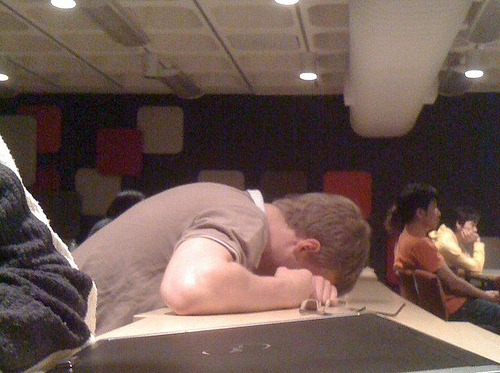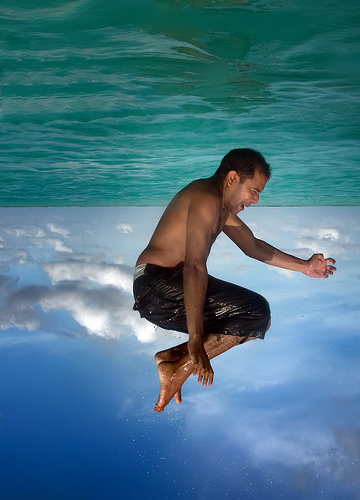I continue to think about how lectures are changing in our new connected world. My last blog post primed my thinking and thanks to the comments and a great run yesterday. I have been able to push my own thinking to what it is I was trying to get at and the changes to the lecture that we’re seeing today. […]




